If you’ve ever wanted to create images with a beautiful, soft out of focus background this article will give you some tips and guidelines to do just that. We’re going to look at how to use Depth of Field (which is simply how much of your image is in focus) and what settings to use to optimize this effect.
Depth of field is controlled by the aperture setting
Last week we looked at using shutter speed and how it controls motion in your image. For that effect we used the Shutter Priority mode, for creating shallow depth of field we use the aperture so we’ll switch over to Aperture Priority mode.
If you use a Canon you will see something similar to one of these dials on the top of your camera.
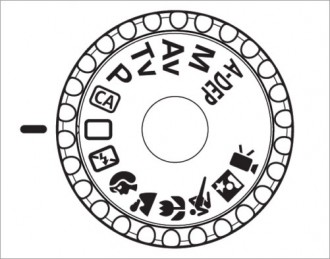
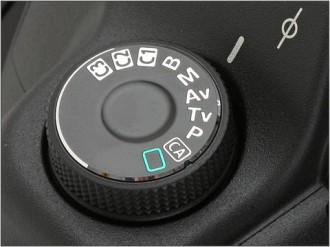
If you use a Nikon you will see something similar to one of these:
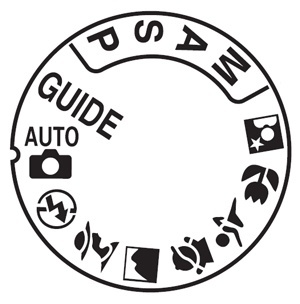
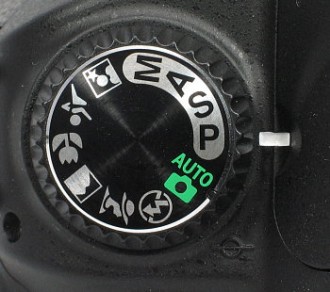
On a Canon camera you will want to choose the Av (which means aperture value) setting, and on Nikon choose A. That will put you in aperture priority where you will be choosing the aperture setting and the camera will be choosing the shutter speed to make the correct exposure.
Aperture is defined simply as the opening in the lens. It opens and closes just like the pupils in your eyes.
Choose a large aperture opening (small f number) for shallow depth of field
If you want to make a nice out of focus background, and utilize shallow depth of field choose a large aperture opening, the biggest you have on your lens. Aperture settings can be a bit confusing because they are inverse of what you’d expect. The largest aperture opening is actually represented by the smallest number. An example of that would be f1.8 or 2.8. Choosing a small aperture like f22 of f32 will give you a large depth of field where it’s possible to get your entire scene in sharp focus. Each setting has applications in certain scenarios, it’s important to know which aperture to use to get the affect you desire.
Let’s look at some examples
The following images were all shot with an 85mm f1.8 lens (that just means the largest aperture possible on it is f1.8). With such a lens it is possible to get the background way out of focus.

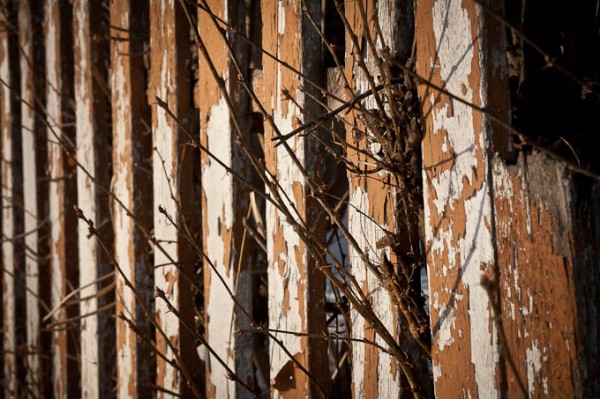



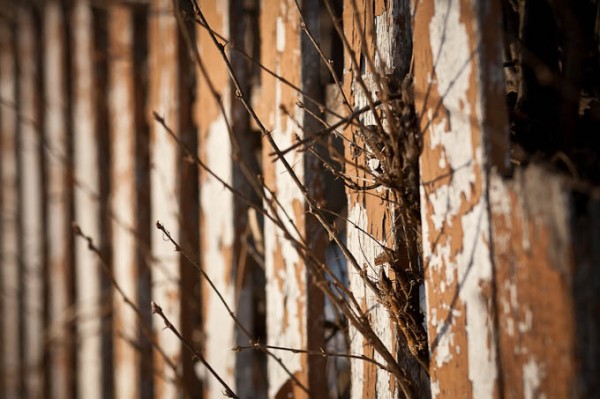
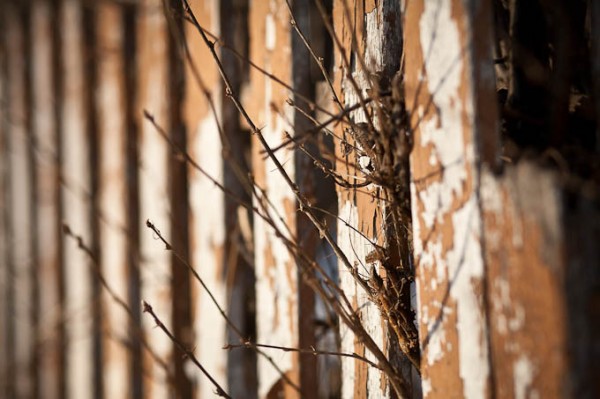

Notice how different the last shot above looks than the first one! Keep in mind you do NOT have to buy expensive $2000+ lenses to get this look. Sure you can if you feel rich, but if wanna save your pennies opt for a less expensive fixed lens with a wide aperture such as a 50mm f1.8 (less than $150 usually) or an 85mm f1.8 (around $600 or so).
I prefer the slightly longer 85mm because, besides using a large aperture, the focal length also plays a part in how much the background gets blurred.
Have you ever noticed everything you shoot with wide lens all seems to be in focus? While the depth of field mathematically is actually the same as with a longer lens – the wide makes everything appear more in focus, partly because of distance to subject.
When you use a longer lens you have to back up which adds to the background blur as well.
The three factors that affect background blur are: aperture, focal length, and distance of the subject to the background
The three factors that affect background blur are: aperture (using a wide one), focal length (longer lenses enhance the affect), and distance to subject and subject’s distance to the background.
You can use the widest aperture, and the longest lens but if you put your subject right up next to the background you’ll never get it blurred. The further away from the background the subject is, the more out of focus you can make it.
Review: compare the images below. Notice how the aperture affects the focus in a drastic manner.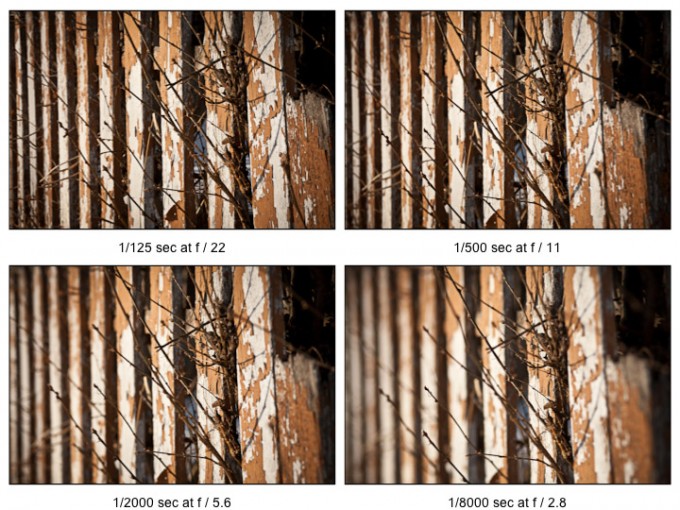
Let’s do one more example, using that subject to background distance factor I mentioned above. In the following images I focused on the tree which was fairly close to me. The background house, yard, etc, is quite a distance away. Let’s see how the same settings we used above play out in this scenario.

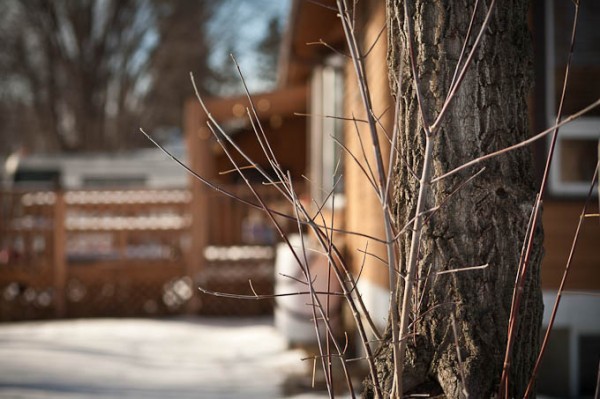


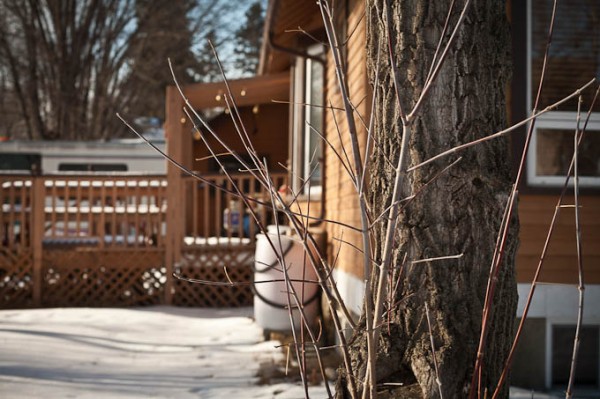
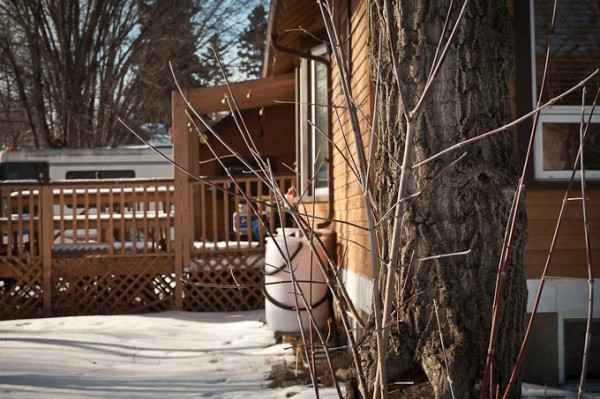
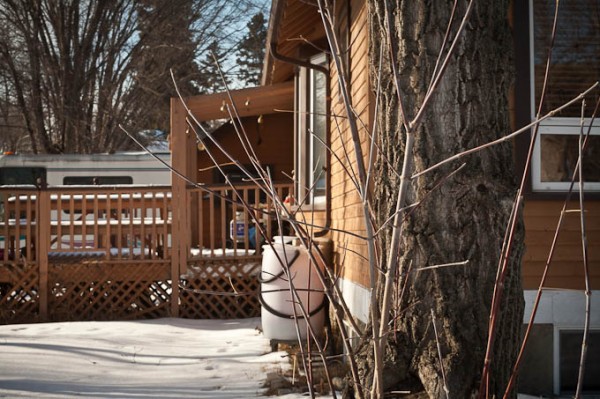
In this example you can really see how the background starts to come in focus as you close the aperture down to a smaller and smaller opening. Look at the patio and the snow on the railing, compare the first and last images in that area. In the image using f1.8 the snow is so out of focus it has almost started to become circles of white (ironically called circles of confusion, go figure!). Notice how far away that background is, and how widely out of focus I can throw it and have a good result, even using an aperture like f5.6
Here’s a side by side comparison of four of the shots.
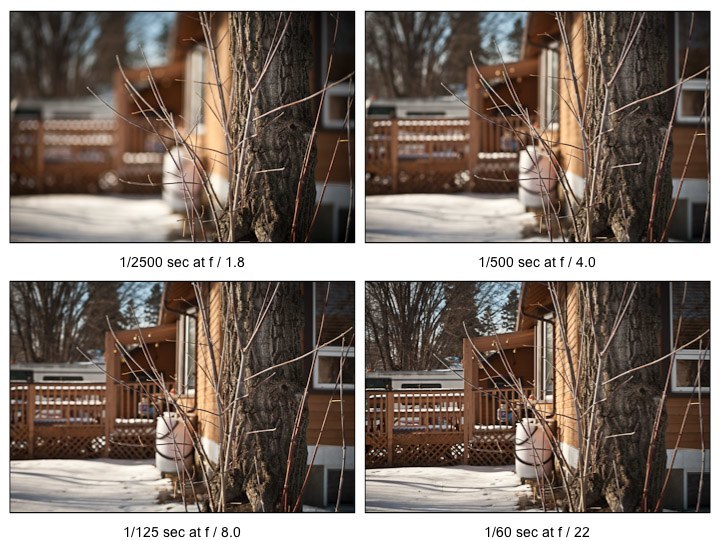
What did we learn?
So what can we take away from this experiment? Go out and try doing this yourself. Set your camera on Aperture Priority and run the full range. Make sure then when you get to the smaller apertures (f11, 16 or 22) that your shutter speed isn’t getting too slow for hand holding. If you need to, use a tripod to steady the camera. Don’t let your shutter speed go lower than 1 over the focal length of your lens (so using a 200mm lens you need to shoot at 1/200th of a second or faster to get no camera shake) . I pushed that a bit here using 1/60th with an 85mm lens but it still came out relatively sharp. I could have used a tripod or increased my ISO to give me a bit more shutter speed room.
Practice at home
So DO go try this at home. Try it with something close to the background, then far away. Try it with a 12mm lens, 50mm lens, then a 200mm and see what happens. Share your results in the comments section and please share this article using the social media links below if you enjoyed it.
Related Article
I also wrote another article that is sort of related to this subject, improving your photography. It is called 3 Important Elements of Composition No One’s Talking About and it’s here on Phogropathy.com.
Cheers,